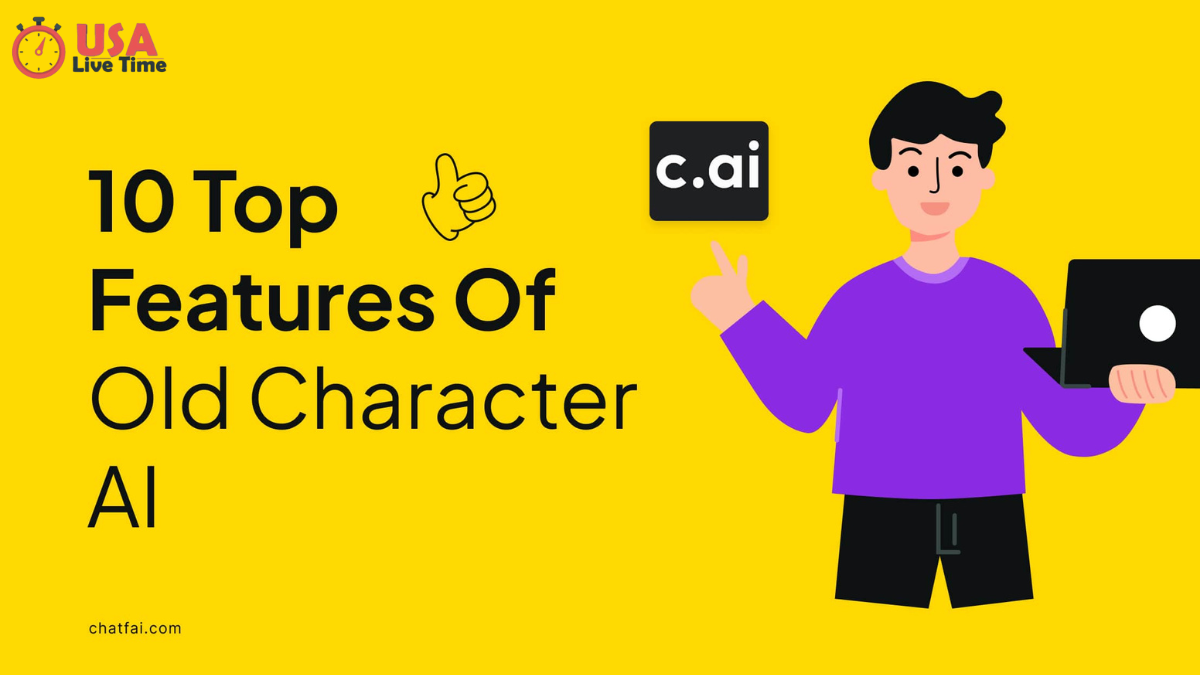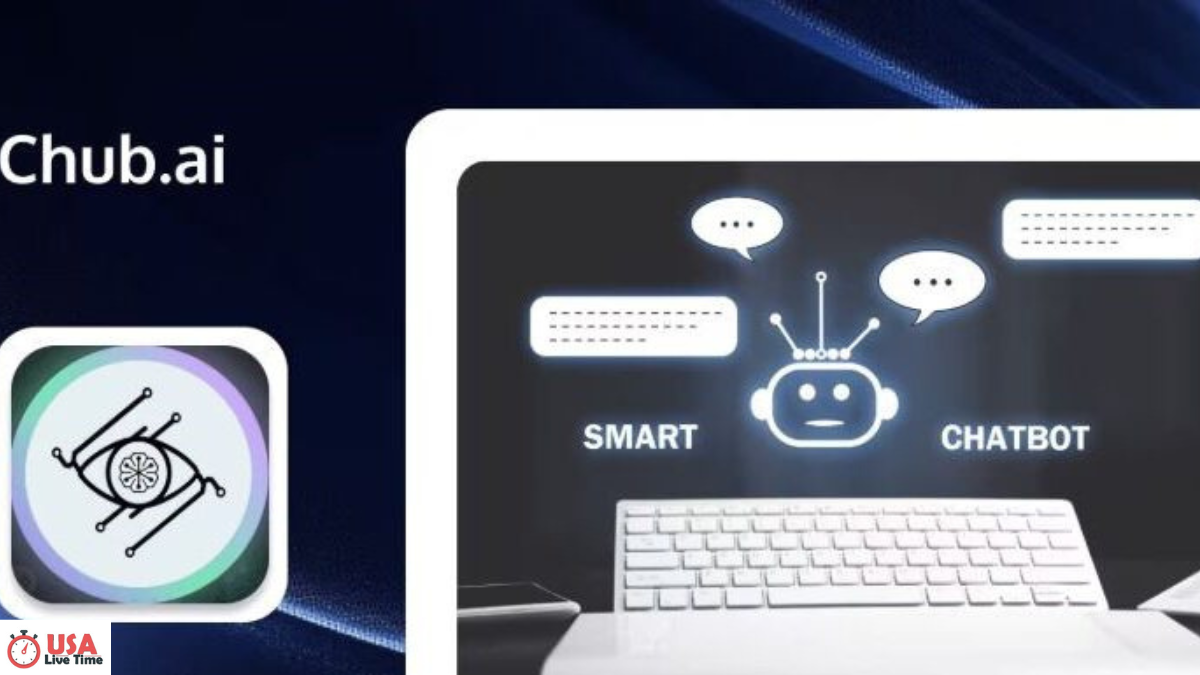Table of Contents
Understanding old.character.ai and Its Evolution
Artificial intelligence has significantly transformed the way people interact with technology, and old.character.ai is a prime example of this evolution. The platform has gained attention for its ability to create highly interactive and dynamic conversations with AI-generated characters. As AI continues to advance, looking at older versions of platforms like this provides valuable insights into how technology has grown and what the future may hold.
AI chatbots have been around for years, but old.character.ai represents a time when these systems were still developing their core functionalities. With a blend of machine learning, natural language processing, and deep neural networks, this platform once served as a testing ground for more sophisticated conversational AI. The features and limitations of earlier iterations highlight the journey of AI towards human-like interactions and personalized experiences.
Features That Made old.character.ai Unique
One of the most fascinating aspects of old.character.ai was its ability to create a personalized chat experience. Unlike traditional bots that followed scripted responses, this AI adapted based on user input. It simulated real conversations, making it an engaging tool for storytelling, learning, and entertainment.
The personalization factor set this platform apart from other AI chat systems. Users could interact with a variety of characters, each designed with unique personalities and responses. This level of interaction made it feel more immersive and led to a community of users who enjoyed crafting narratives or simply chatting with their AI companions. The ability to train and refine AI responses added another layer of customization, making the experience more tailored to individual preferences.
The Technology Behind old.character.ai
The core of old.character.ai was built on natural language processing models, which allowed it to understand and generate human-like text. Machine learning algorithms enabled the system to improve over time, learning from user interactions to create better responses. The incorporation of deep learning allowed the AI to recognize patterns, understand context, and generate fluid, engaging dialogue.
Developers integrated reinforcement learning techniques to fine-tune character behavior. This approach ensured that conversations remained dynamic and less robotic. The AI could remember past interactions, create a sense of continuity, and even adjust its tone based on the context of the discussion. These capabilities made it a pioneering tool in conversational AI.
How old.character.ai Influenced Modern AI Chatbots
AI chatbots today owe much to the groundwork laid by platforms like old.character.ai. The early versions paved the way for more sophisticated AI systems, influencing the development of natural language models used in current AI applications. The ability to simulate real human conversations, respond contextually, and learn from past interactions all stem from the principles established in these older versions.
The rise of advanced AI models has improved chatbot efficiency, but the essence of old.character.ai remains visible in modern iterations. Features such as adaptive learning, emotional intelligence, and customized responses continue to be refined, making AI interactions more seamless and relatable. The experimentation and feedback from early users played a significant role in shaping the chatbots that are now deeply integrated into various industries.
The Community and User Engagement Factor
One of the most remarkable aspects of old.character.ai was the vibrant community that formed around it. Users shared their experiences, exchanged character scripts, and collaborated on improving AI interactions. This sense of engagement made it more than just a chatbot platform; it became a space where creativity and technology met.
The community-driven approach allowed users to experiment with different personalities, settings, and responses, leading to innovative applications of AI chatbots. From role-playing scenarios to educational simulations, the platform served as a versatile tool for users with diverse interests. The ability to create custom characters and refine their dialogues kept users engaged, fostering a loyal user base that valued interactive storytelling.
The Challenges and Limitations of old.character.ai
Despite its innovative nature, old.character.ai had its fair share of challenges. Early AI models struggled with maintaining coherence in long conversations. While they could generate impressive responses in short exchanges, inconsistencies would arise when discussions became more complex. The lack of real emotional intelligence also limited how well the AI could engage in deep, meaningful conversations.
Another challenge was bias within AI-generated text. Since AI learns from data, it sometimes reflected unintended biases present in the training datasets. Developers constantly worked on refining algorithms to minimize these issues, but they remained a concern for many users. Understanding these limitations helped shape the improvements seen in newer AI platforms.
The Nostalgia and Interest in Older AI Models
With the rapid advancements in AI, many enthusiasts look back at old.character.ai with nostalgia. The simplicity and raw experimental nature of early AI models offer a glimpse into how far technology has progressed. While current AI chatbots are more polished and refined, older models hold a certain charm that resonates with users who experienced their early stages.
The interest in older AI platforms stems from a desire to understand the evolution of AI. By examining past models, researchers and developers can identify what worked well and what needed improvement. This retrospective view not only highlights technological progress but also serves as inspiration for future innovations in conversational AI.
The Future of AI Chatbots and Their Growing Impact
AI chatbots have come a long way since the days of old.character.ai, and their impact continues to expand across various industries. From customer support to creative writing, AI-driven conversations are shaping the way people interact with technology. The ability to simulate human-like interactions, offer personalized experiences, and improve over time makes chatbots a valuable tool for businesses and individuals alike.
Future developments will likely focus on enhancing emotional intelligence, reducing biases, and creating even more natural interactions. The foundation laid by older AI models serves as a stepping stone for these advancements. As AI continues to evolve, the lessons learned from old.character.ai will play a crucial role in shaping the next generation of conversational AI.
Conclusion
The journey of old.character.ai showcases the rapid evolution of AI-powered conversations. From its experimental beginnings to its lasting influence on modern chatbots, this platform contributed significantly to the development of interactive AI. While newer models have surpassed its capabilities, the nostalgia and learning experience it offers remain valuable. As AI technology progresses, reflecting on platforms like this provides insights into the possibilities of future AI-driven interactions.




